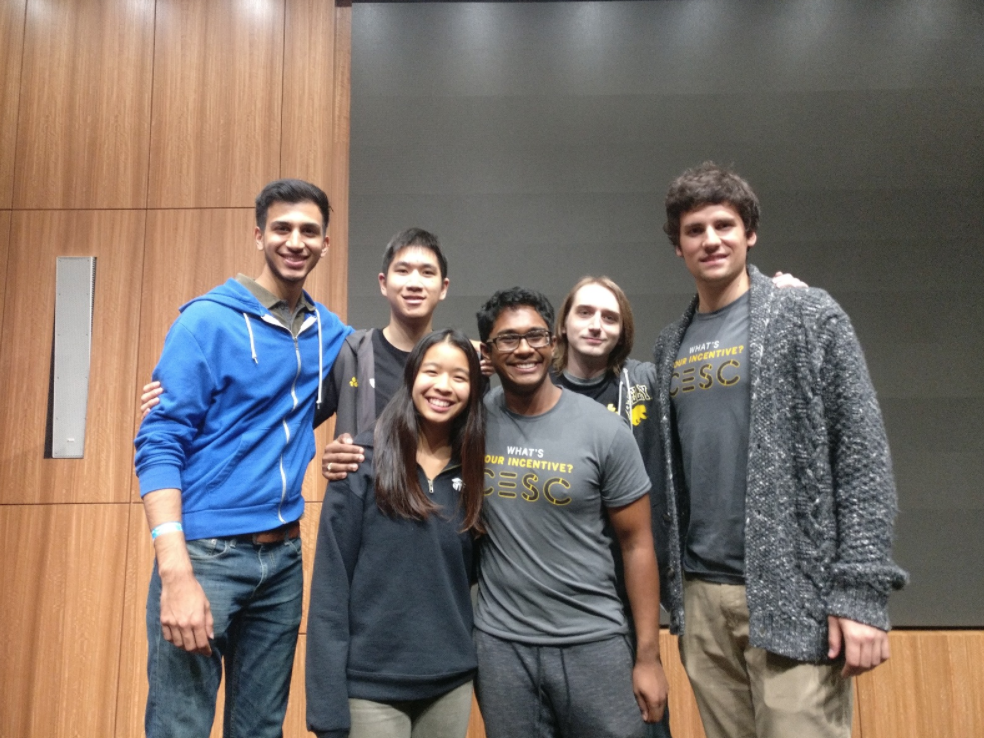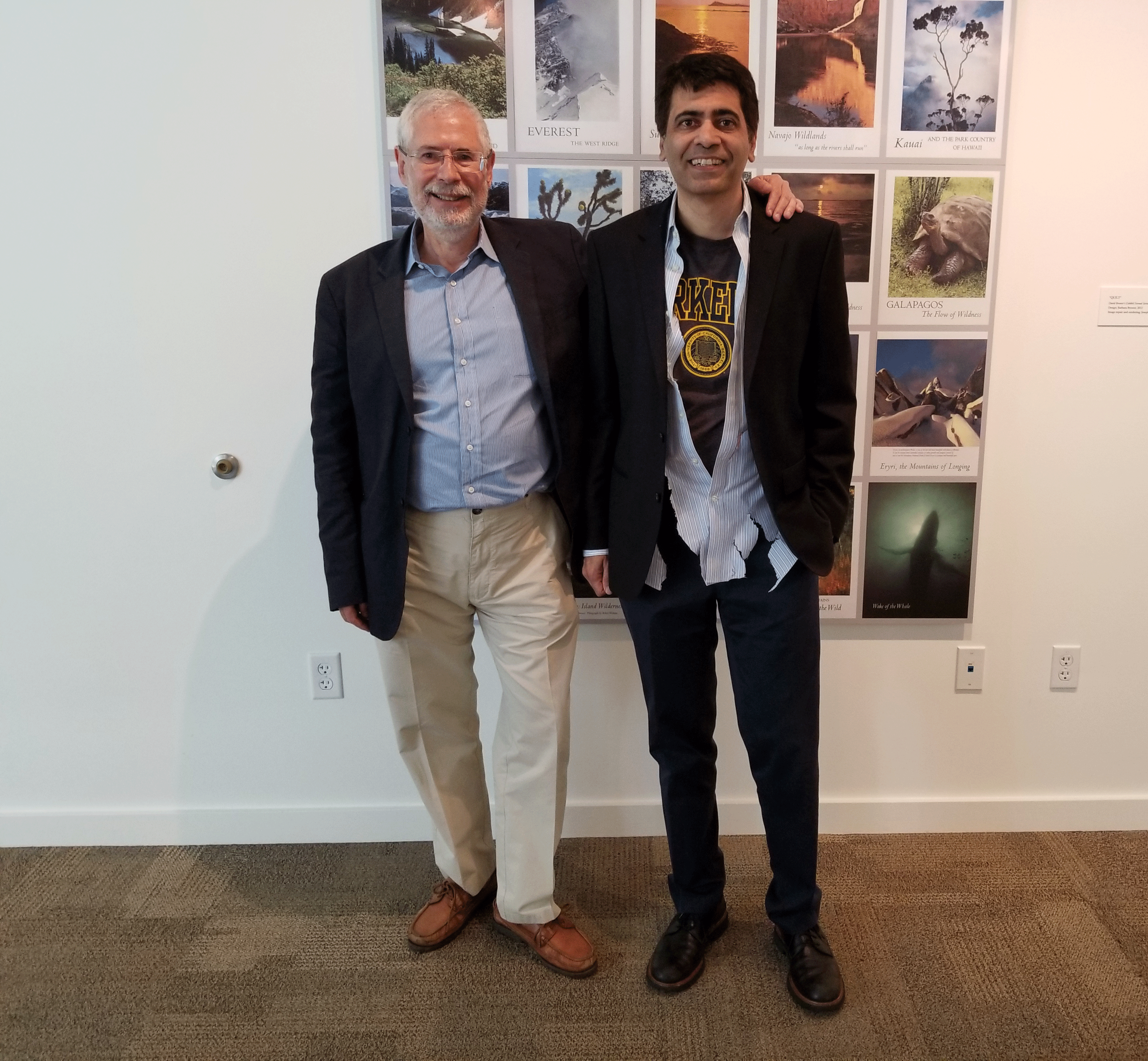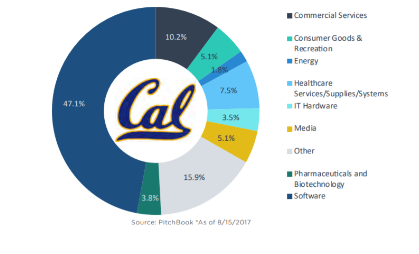Injecting noise: students build tools to protect individual privacy from artificial intelligence
Artificial intelligence is giving companies unprecedented insights into our personal information. Can individuals protect their privacy by using applications that add fake data to our online behavior? Recently, the credit-reporting agency EquiFax leaked the social security numbers for almost half of all Americans, causing much anxiety about privacy. But there Read more…









